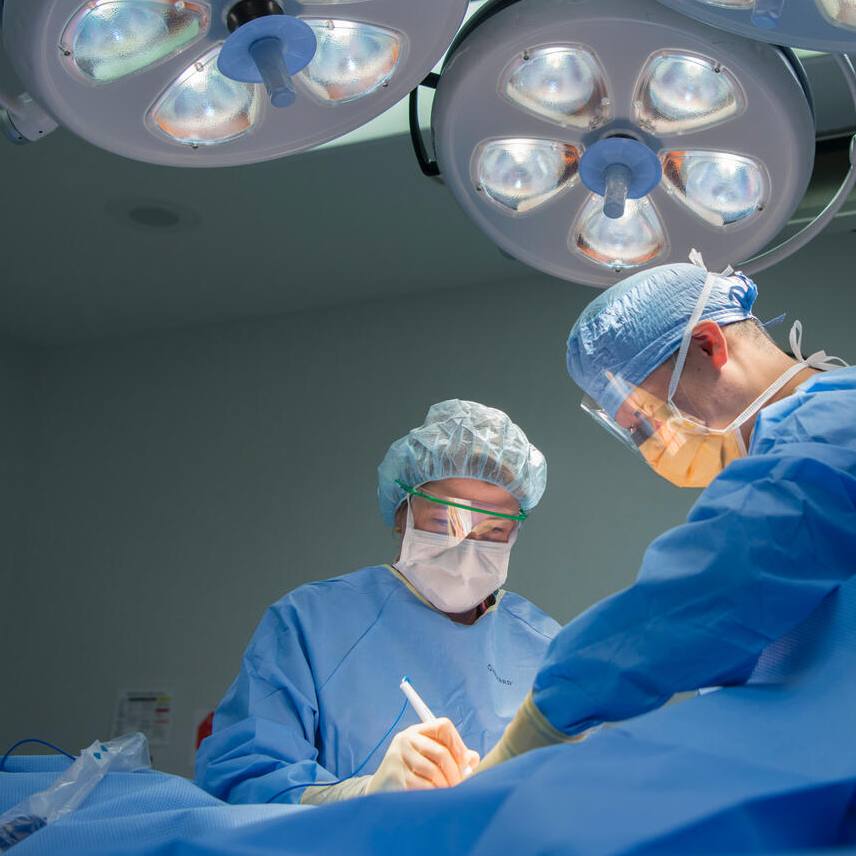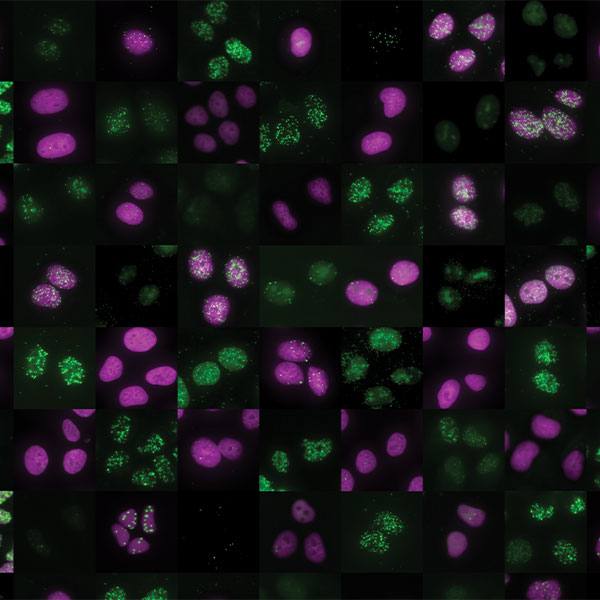-
Sharing Mayo Clinic: Spinal Cord Stimulator Eases Pain
When he was 38, Paul Hesson was diagnosed with degenerative disc disease, and the condition triggered significant chronic back pain.
“Back then, they said I had the back of a 75-year-old man,” says Paul, who is 75 now.
As Paul got older, his pain increased, and he had severe joint stiffness. He went to see several neurosurgeons in the Jacksonville, Florida, area and received differing opinions for how to treat his condition. Ultimately, he decided to use medication to manage the pain. But by 2014, Paul’s pain worsened to the point that it limited his day-to-day activities. He knew he needed to do something more.
“The pain was like a fist that you squeeze and can’t let go of, and it started radiating down my legs,” Paul says. “I used to be able to golf and walk five miles a week. I used to go to the gym, and I couldn’t do that anymore.”
Finding the best option
After an MRI, Paul was told that the disease had progressed. His doctor recommended that he look into having a spinal cord stimulator placed to manage the chronic pain. This device, surgically implanted in his back, would deliver electrical pulses to help alleviate pain.
In early 2016, Paul met with Ronald Reimer, M.D., a neurosurgeon at Mayo Clinic’s Florida campus, to explore his options. Mayo Clinic was one of the first medical centers in the world approved to implant a new MRI-compatible spinal cord stimulator device. Dr. Reimer felt Paul was a viable candidate for it.
“I can walk three miles a week now and go to the gym. My quality of life is better, and I’m not dependent on pain medication.” — Paul Hesson
“Previously, many patients with chronic pain were precluded from having a spinal cord stimulator implanted if they needed MRIs to follow certain chronic conditions. One of the unique things about this device is that it’s the only full-body MRI-compatible spinal cord stimulator without limitation,” says Dr. Reimer.
“This was critical for Paul, since he could require subsequent MRIs to monitor new problems developing in his spine or any other health conditions that could arise,” Dr. Reimer adds.
“Dr. Reimer explained the procedure to me and told me this was the best option to reduce my pain,” says Paul, adding that Dr. Reimer was “very personable and friendly.”
Relieving the pain
On March 24, 2016, after a weeklong trial, Paul had the device implanted. He was the first person in north Florida and among the first 25 in the world to receive the new stimulator.
During the surgery, which takes 60 to 90 minutes, two small incisions are made. The first is to accomplish minimal bone removal in the lower thoracic spine. This facilitates passage of the stimulator paddle in the epidural space. The second incision is made in the upper buttock, and a small battery is placed to power and program the stimulator.
“Whenever Paul feels pain, he can utilize one of the various preset programs to eliminate pain and lead a fully active life,” says Dr. Reimer.
The device can also be reprogramed to alleviate pain in other areas of the body, such as osteoarthritis of the hips or knees.
Within a few days of the procedure, Paul says he felt noticeably better.
“I can walk three miles a week now and go to the gym. My quality of life is better and I’m not dependent on pain medication,” he says.
“You can’t go to a better hospital in Jacksonville than Mayo Clinic,” he adds. “You’re not rushed in or rushed out. They want to make sure you get the best care.”
HELPFUL LINKS
- Read more about the MRI-compatible spinal cord stimulator device.
- Learn about the Department of Pain Medicine at Mayo Clinic.
- Connect with others talking about back surgery and spinal cord stimulation on Mayo Clinic Connect.
- Explore Mayo Clinic’s Florida campus.
- Request an appointment.








